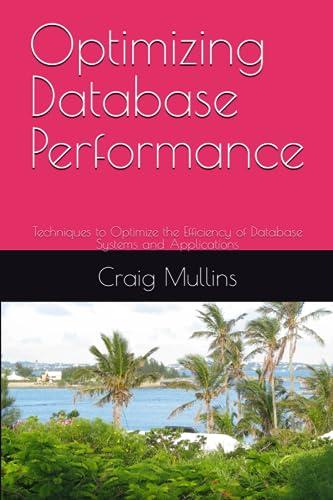Answered step by step
Verified Expert Solution
Question
1 Approved Answer
Exercise 1: Reading from Port C, writing to Port B, no synchronization 1.1 Review the HC11 architecture: itp:/icontrols ame.nd edu/microcontroller/main node3 html. HC11 features a


Step by Step Solution
There are 3 Steps involved in it
Step: 1

Get Instant Access to Expert-Tailored Solutions
See step-by-step solutions with expert insights and AI powered tools for academic success
Step: 2

Step: 3

Ace Your Homework with AI
Get the answers you need in no time with our AI-driven, step-by-step assistance
Get Started


